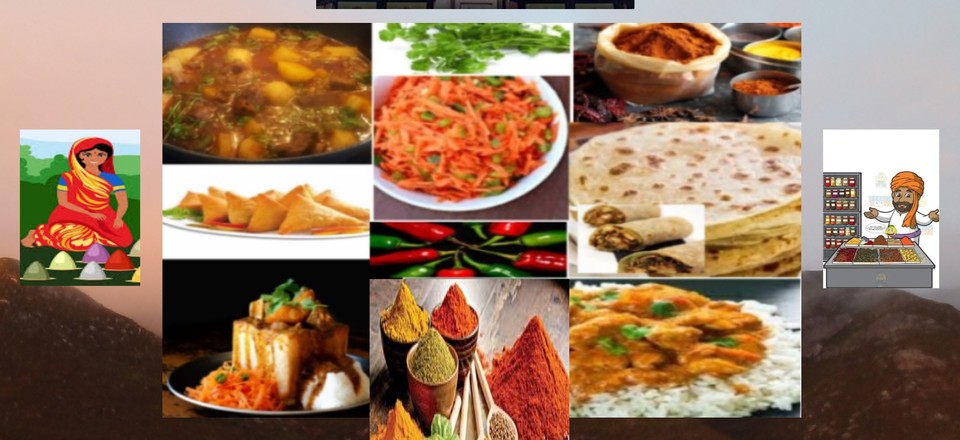Let's Talk Herbs and Spices
With the abundance of various herbs and spices that are available on the supermarket shelves and in other specialised stores, it can prove quite overwhelming to decide what spices to stock in the home. However, when it comes to spices and herbs for home cooking and baking, there are number of basic spices that will suffice for use in this regard. Let us look at some of the commonly used herbs and spices.
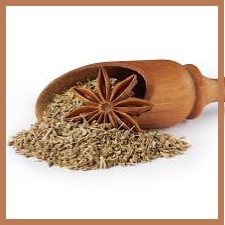
ANISEED (VILAYATI SAUNF) - a member of the carrot or parsley family. Aniseed has a slightly liquorice flavour. The leaves are used in cooked dishes, soups and salads. The seeds (sometimes identified as anise) are used to flavour baked goods, breads, curries and especially used in biryani dishes. Aniseed is one of the oldest cultivated spices and was used by the Romans as flavouring in a popular spice cake called “mustaceus” that was baked in bay leaves and was eaten after festivities, as it was believed to have prevented indigestion.
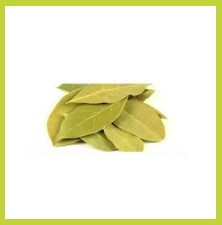
BAY LEAF (TEZPATTA) – leaves of the evergreen shrub Laurus Nobilis. Bay leaves have a nutty, sometimes smoky flavour with a subtle hint of mint. They are used to enhance or increase the flavour of whichever dish in which they are used. They can be removed once the dish is cooked as they do not soften, even after cooking and have the potential to injure the intestinal tract if eaten. The leaves of the laurel tree were smoked by priestesses in Ancient Greece, to induce prophetic visions. In England in the 16th and 17th centuries, laurel leaves were used to ward off evil witches and the devil. In Belgium, laurel leaves were used to make wreaths for the royals.
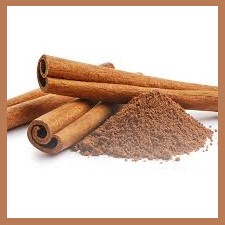
CINNAMON (GENUS CINNAMOMUM) - ceylon Cinnamon is full of lighter, brighter citrus tones. Cassia cinnamon tastes stronger and hotter. Cinnamon is woody and fragrant Cinnamon and is used to flavour curries, savoury chicken and lamb dishes as well as baked goods. Cinnamon can be used in a variety of dishes to add warmth and aroma, thereby complementing other elements of the dish. Cinnamon was used by the Egyptians for embalming (because of its preservative properties) and for religious practices. In medieval Europe, cinnamon was used during religious practices, such as anointing. In and around the first century, cinnamon was horrendously expensive, even considered more so than gold, because of the low supply available and the high demand for it.
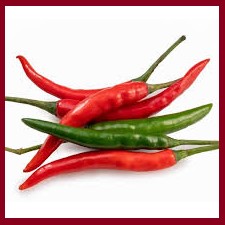
CHILLI (MIRCH) – fruits of the capsicum plant. Chillies come in assorted sizes, colours and strengths. They are used in various dishes to add heat and flavour. Many desserts also have chillies in their recipes. Ground chillies, chilli powder or chilli paste are all just as effective to use as the whole chilli in cooking. This is also a good ingredient to add slowly at the end, when you're adjusting the heat of your dish. Chillies may be pickled and preserved or dried for later use. NB: Always remember to wash your hands thoroughly after working with chillies and avoid rubbing your eyes or face. It has been said that the chilli was named after Chile in South America by the local people. who were sympathetic to Chile’s cause during the struggle for independence. Before engaging in battle, Japanese samurai would use chillies to feel invincible. They felt less fear once having consumed chillies. It was after the discovery of chillies by Christopher Columbus in the 14oo’s that chillies became a part of the Indian, African and Asian cuisines.
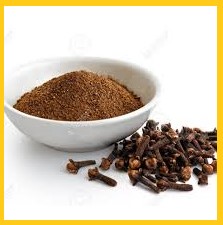
CLOVES (SYZYGIUM AROMATICUM) – the unopened flower buds of the evergreen clover tree. Cloves have a subtly sweet, fragrant flavour which enhances the flavour of any dish- desserts, soups and Indian curries. They bring a warm, distinctive flavour to desserts, curries, or chutneys. They are also used for pickling and in spice blends for meat and rub marinades. Cloves should be used sparingly in most dishes as they have an extraordinarily strong aroma and taste. Because of the curious shape, cloves are named after the French word “clou” meaning nail. The ancient Chinese used cloves to freshen their breath before meeting with the Chinese Emperor as it appeared to work as an oral antiseptic.
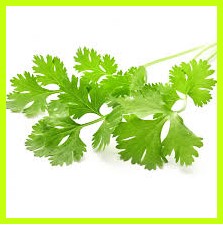
CILANTRO (CORIANDRUM SATIVUM) – also known as cilantro; with green flat, feathery leaves and related to the parsley family, cilantro is one of the oldest herbs. The leaves and stems of the plant are known as cilantro, while the seeds of the plant are known as coriander. The leaves are mildly sweet and lemony in flavour. The seeds have a nutty flavour with a bit of a peppery taste to them. Both cilantro and coriander are used in sauces, soups, curries and salads. Cilantro leaves are best used when added to cooked meals at the end of the cooking process, as they keep their flavour in that way. Cilantro is one of the oldest herbs in existence., dating back to the BC era. Cilantro seeds were even found in the tomb of King Tut as well as in caves in Israel that are approximately eight thousand years old. Coriander is derived from the Greek word “koris” which means “stink bug,” because of the strong smell given off by bruised cilantro leaves.
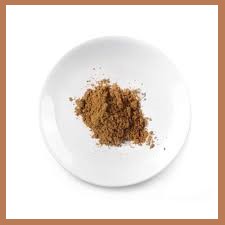
CUMIN (CUMINUM CYMINUM) – from the fruit of a floral plant of the parsley family. Cumin is rich and earthy with a hint of citrus. It used to enhance the flavour of red meats and can give a warm smoky flavour when used. It is one of the main ingredients used in some soups and stews as well as curry and chilli dishes. Because cumin can be overpowering, it is recommended that a teaspoon is enough to flavour a dish. Cumin dates to back 5,000 years when it was used to preserve and mummify the bodies of Egyptian pharaohs. During the Middle Ages, it was the belief of the Ancient Greeks that cumin kept chickens and lovers from wandering, hence the reason for cumin to have been always kept separately on the dining table.
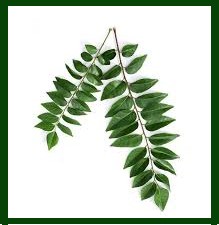
CURRY LEAVES (KADI PATTA) – leaves sourced from the deciduous tree related to the citrus family (Rutaceae). Curry leaves are shiny, almond -shaped and have a pungent lemony flavour. Curry leaves are used in a variety of dishes and can change a dish quite dramatically when added together with other spices and herbs, such as chillies, ginger, garlic, as well as onions and curry powder. They add amazing flavour to curries, stews, rice dishes and curried lentils such as dhal. Once cooked, curry leaves soften and can be eaten. They can be frozen for up to six weeks in a freezer. NB: curry leaves should not be mistaken for the curry plant. Since ancient times (dated from the 1st to the fourth century AD) curry leaves were used as traditional medicine for treating inflammation and infections. Curry leaves originated in South India, but then spread to Malaysia, South Africa and Reunion Islands with South Asian immigrants.
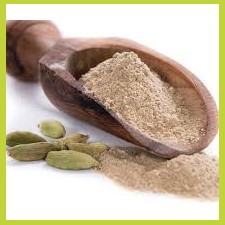
CARDAMOM (ELAICHI) – the fruit of an herb from the ginger family (Elettaria Cardamomum), the pods used whole or ground into a spice. Black cardamom is known for its medicinal use and is used in the manufacture of perfumes. Green cardamom (often said to be the “true cardamom”) has a eucalyptus – like taste with a touch of pepper to it and it is used in various dishes such as vegetables, lentils, curries, biryanis as well as in baked goods eg. breads, waffles, scones and even pancakes. It blends well with poultry and red meat. Cardamom is usually fried in oil at the start of cooking, especially in curries and other Indian dishes. Because it can be overpowering when used in cooking, it is advised to use just one or two cardamom pods or approximately 1/4 teaspoon per dish. The Ancient Egyptians used cardamom for embalming and during rituals. The Europeans used it as an aphrodisiac, whilst the Vikings used cardamom when baking festival cakes. The Greeks and the Romans later used cardamom in oils and perfumes and as a common spice. Cardamom is regarded as the third most expensive spice worldwide.
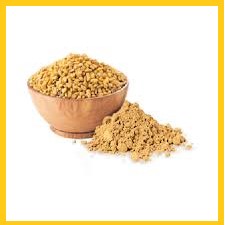
FENUGREEK (TRIGONELLA FOENUM-GRAECUM) – a fragrant herb of the pea family (Fabaceae), with leaves used as an herb and the seeds as a spice. While the seeds are used in pickles, pastes and curry powders, the spice is used in the making of spice rubs, stews, chutneys and flatbreads. Fenugreek leaves are not as bitter as the seeds, and they give off a taste like maple syrup. They add a slightly bitter taste to dishes, which at the same time are aromatic. It has been said by archaeologists that fenugreek was used in 4000 B.C. after some remains of it were found in Iraq. Fenugreek was used by the Romans in the first century to flavour wines. It was used by the Egyptians for mummification and to treat burns. The belief amongst the Jewish community was that eating fenugreek (specifically with food during Rosh Hashanah) symbolises increased blessing going forward for the year.
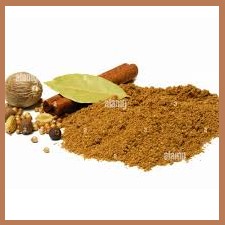
GARAM MASALA – a diverse combination of ground spices. Garam masala is known as a warm spice and used mostly in spicy dishes as well as curries. The common basic mixture of Garam masala consists of black pepper, mace, nutmeg, coriander, cinnamon, cardamom, cumin, cloves, and bay leaf. When using Garam masala that is not roasted, add one or two teaspoons to your frying onions. If you are using roasted garam masala, it is suggested that you add the same towards the end of the cooking time of your dish. The origin of Garam masala is said to have originated in Northern India, though the Mongol Empire has also been mentioned as having used a form of Garam masala in the 13th Century. There are many variations of garam masala according to the regions in which it is used, with as many as thirty-two different spices that are used in making this spice blend.
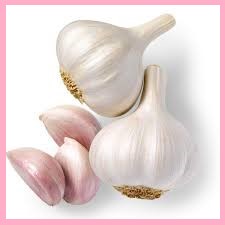
GARLIC (ALLIUM SATIVUM) – a plant closely related to onions, leeks, chives and shallots. Garlic has a pungent flavour with a sticky texture. It appears spicy when raw and buttery sweet when cooked. Garlic is used in a variety of foods, both baked and cooked (e.g., garlic bread, curries and stews, sauces and gravies, salads etc). Garlic tends to burn if cooked for too long or on high heat, thereby turning bitter. Evidence shows that the use of garlic to alleviate medical ailments occurred in ancient times. Olympic athletes in Greece used garlic for performance. Garlic was given to Jewish slaves in Egypt to by their owners to increase their strength and work performance.
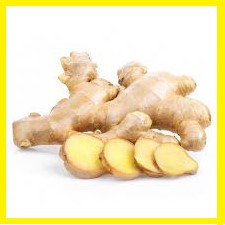
GINGER (ZINGIBER OFFICINALE) – a rhizome that is native to Asia. It is light brown on the outside and yellow on the inside. It has a spicy but sweet flavour with a slight zing to it. Ginger is used in noodles dishes, curries and soups, sauces and for baking. Ginger is also used as a spice in teas and coffees. Ginger can be mixed with garlic and onions when cooking or can be used on its own. Ginger was used for over five thousand years by the Indians and the Chinese for the treatment of various ailments. Ginger was a very precious commodity, so much so that in the 14th century, the price of 500grams of ginger was equivalent to the cost of a sheep. The Japanese also used ginger to enhance blood circulation.
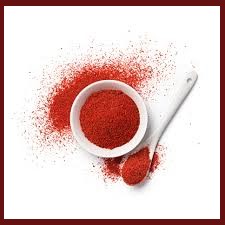
PAPRIKA (LAAL MIRCH) – a ground spice made from a combination of dried sweet and hot peppers from the Capsicum annum family. There are three basic varieties of paprika dependent upon which peppers are used - sweet, smoky and hot. Paprika is useful as a colourful dressing or to add a smoky flavour to dishes. It is also useful when blended with other spices and herbs to create a meat rub and is great on potatoes. Christopher Columbus was responsible for introducing paprika to Europe in 1943 after transporting it by ship from the Americas. It was there that the royal courts grew them as ornamental plants. The word “paprika “was derived from the Hungarian language, which was translated in various languages, all similarly meaning” pepper.” Paprika was nationalised by the Hungarian government after 1945, thereby prohibiting local growers from manufacturing their own paprika. Paprika is so famous in Hungary that it is known as the national spice. There is even a Paprika Museum in the Hungarian town of Kaloscsa, being the third most key place to visit in this quaint town of Hungary.
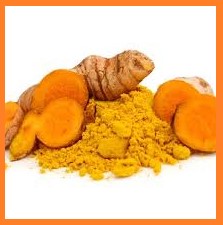
TURMERIC (HALDI) – a rhizomatous herbaceous perennial plant (Zingiberaceae) belonging to the ginger family. It has an earthy, musky flavour with a peppery tinge. Turmeric is used in canned goods, cooked dishes, in savoury and sweet dishes, pickled fish and to colour white rice. It is also commonly used in curries and combined with curry powders and other spice ingredients, producing a rich, deeper colour and a fuller flavour to food dishes. Turmeric is known as the “Indian Saffron” because of being less expensive than saffron and was used in the last four thousand years ago for various medicinal, cosmetic and religious purposes. Dating back as far as 250 BC, turmeric powder in an ointment form was used to counteract the effects of poisons ingested through eating food. In ancient India, turmeric was used to dye clothing and thread. Some monasteries still use turmeric to dye their clothing. Turmeric was used as incense in religious rituals during prayers to cleanse the air.


















